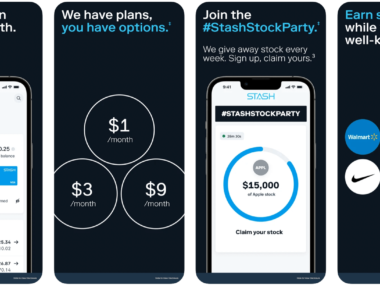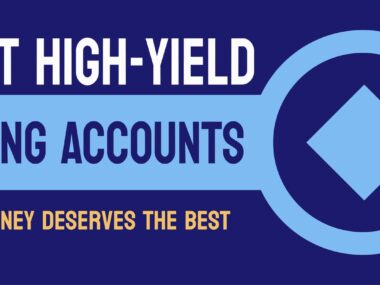Debt can feel like a heavy anchor, weighing down not only our finances but also our peace of mind. My own journey through debt was a challenging but transformative experience that taught me valuable lessons about financial responsibility and resilience. In this blog post, I’ll share my personal debt journey and offer tips for others navigating similar waters.
- Facing the Reality:
a. Acknowledging the Situation:
- Coming to terms with the reality of debt is the first step. Take a deep breath, gather your financial statements, and assess the scope of your debts.
b. Mindset Shift:
- Rather than viewing debt as a source of shame, see it as an opportunity for growth and positive change. A positive mindset is crucial for overcoming financial challenges.
- Creating a Budget:
a. Income vs. Expenses:
- Evaluate your income and create a realistic budget that includes all your expenses. Differentiate between needs and wants to prioritize essential spending.
b. Emergency Fund:
- Establishing an emergency fund acts as a financial safety net, helping prevent the accumulation of new debt in the face of unexpected expenses.
- Debt Repayment Strategies:
a. Snowball vs. Avalanche Method:
- Choose a debt repayment strategy that works for you. The snowball method involves paying off the smallest debts first, while the avalanche method focuses on high-interest debts.
b. Negotiating Interest Rates:
- Contact creditors to negotiate lower interest rates, which can significantly reduce the overall amount you owe.
c. Consolidation Options:
- Explore debt consolidation options to simplify payments and potentially reduce interest rates.
- Financial Literacy:
a. Educate Yourself:
- Increase your financial literacy by reading books, attending workshops, or seeking advice from financial experts. Knowledge is a powerful tool in managing and eliminating debt.
b. Seek Professional Help:
- Consult with financial advisors or credit counseling services to get personalized advice on your unique situation.
- Lifestyle Adjustments:
a. Cutting Unnecessary Expenses:
- Identify areas where you can cut back on discretionary spending to allocate more funds toward debt repayment.
b. Side Hustles and Additional Income:
- Explore opportunities to increase your income, whether through a side hustle, freelancing, or selling items you no longer need.
- Celebrate Milestones:
a. Small Wins Matter:
- Celebrate each debt repayment milestone, no matter how small. Recognizing progress boosts morale and motivates you to continue on your debt-free journey.
- Building a Debt-Free Future:
a. Preventing Future Debt:
- Learn from your debt journey and adopt habits that prevent future financial pitfalls. This may include saving for major expenses rather than relying on credit.
b. Financial Goals:
- Set long-term financial goals that extend beyond debt repayment. Whether it’s homeownership, retirement savings, or travel, having clear goals provides direction and motivation.
Conclusion:
Embarking on a journey to overcome debt is no small feat, but it’s a journey that offers immense personal growth and financial freedom. Remember that you’re not alone, and there are resources and strategies to help you navigate the challenges. By adopting a proactive mindset, educating yourself, and implementing practical tips, you can turn the tide on your financial situation and sail toward a debt-free future. Fair winds and smooth seas on your debt-free journey






